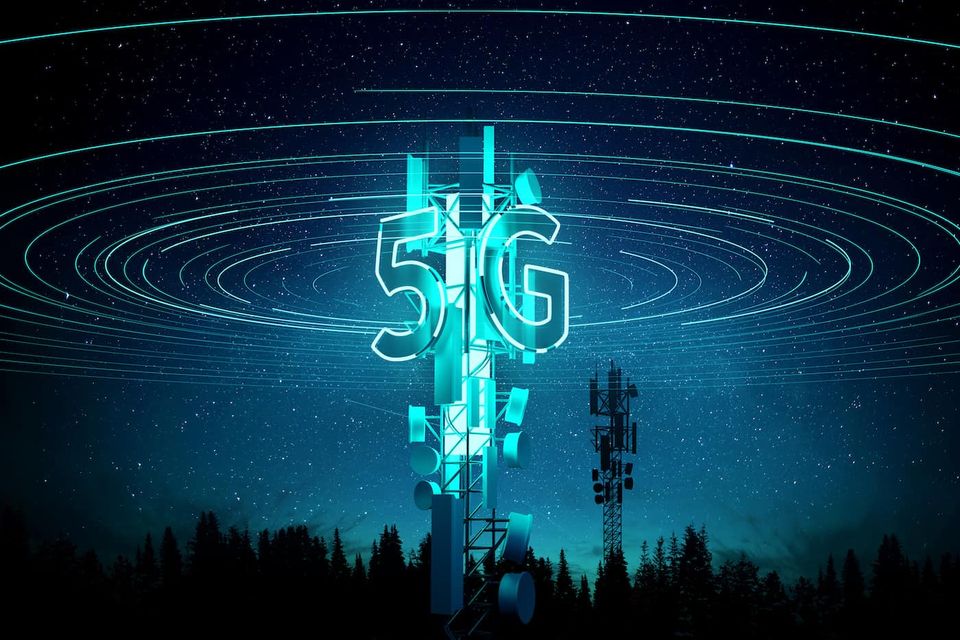Enterprise Evolution with 5G Adoption

Introduction:
5G technology has been introduced as the next-generation mobile network with the potential to change the way enterprises operate. With faster data transfer speeds, low latency, and higher network capacity, 5G has the potential to unlock new use cases, enable the Internet of Things (IoT), and provide significant benefits to businesses across various sectors.
This essay will discuss the technical aspects of how 5G adoption can impact enterprise evolution, including the new use cases that it can unlock, the impact on business models, and the challenges that must be addressed to ensure a successful transition.
New Use Cases with 5G Adoption:
One of the most significant advantages of 5G technology is the ability to unlock new use cases for enterprises. Some of the use cases that are likely to be enabled by 5G technology include:
- Remote collaboration and telepresence: With the ability to support ultra-high-definition (UHD) video, low latency, and high-speed data transfer, 5G can enable remote collaboration and telepresence at a level that was previously impossible.
- Industrial IoT: 5G technology can support massive machine-type communications (mMTC), which can enable a large number of IoT devices to be connected to the network. This can facilitate the development of industrial IoT use cases, such as predictive maintenance, smart factories, and connected supply chains.
- Augmented reality (AR) and virtual reality (VR): 5G can support the high-speed data transfer and low latency required for AR and VR applications. This can enable immersive experiences, such as remote training and product demonstrations.
- Autonomous vehicles: 5G can provide the low latency and high reliability required for autonomous vehicles. This can facilitate the development of new use cases, such as autonomous logistics and transportation.
Impact on Business Models:
The adoption of 5G technology can have a significant impact on enterprise business models. Some of the ways that 5G can impact business models include:
- New revenue streams: With the ability to unlock new use cases, 5G can enable enterprises to create new revenue streams. For example, a logistics company can use 5G to enable autonomous vehicles, which can reduce costs and increase efficiency.
- Improved customer experience: 5G can enable faster and more reliable communication between businesses and their customers. This can improve the customer experience and increase customer satisfaction.
- Increased efficiency: 5G can enable enterprises to improve their operations and increase efficiency. For example, a manufacturing company can use 5G to enable connected supply chains, which can reduce waste and increase productivity.
- New partnerships: 5G can enable enterprises to form new partnerships with other companies that are also adopting 5G technology. This can facilitate the development of new use cases and business models.
Challenges and Considerations:
While 5G adoption can provide significant benefits to enterprises, there are also several challenges and considerations that must be addressed to ensure a successful transition. Some of these challenges and considerations include:
- Network coverage: 5G networks require significant investment in infrastructure, including new cell towers and base stations. This can be a significant challenge for enterprises that operate in rural or remote areas.
- Security: 5G networks can be vulnerable to security threats, including hacking and data breaches. It is essential to implement robust security measures to protect sensitive data and prevent unauthorized access.
- Interoperability: 5G networks are still in the early stages of development, and there is a risk that different vendors' equipment and software may not be fully interoperable. It is essential to ensure that all components of the network are fully interoperable to ensure seamless operation.
- Talent: The adoption of 5G technology requires specialized talent, including network engineers, data scientists, and software developers. Enterprises must invest in talent acquisition and training to ensure that they have the skills and expertise required to deploy and manage 5G networks.
- Spectrum availability: 5G networks require access to specific frequency bands, which may not be available in all regions. It is essential to ensure that sufficient spectrum is available to support 5G networks.
Conclusion:
5G technology has the potential to transform enterprise operations, enabling new use cases, unlocking new revenue streams, and improving efficiency and customer experience. However, the adoption of 5G technology requires significant investment in infrastructure, security, talent, and spectrum availability. Enterprises must carefully consider the technical aspects of 5G adoption and address the challenges to ensure a successful transition. With careful planning and execution, 5G can provide significant benefits to enterprises across various sectors, enabling them to thrive in the digital age.
